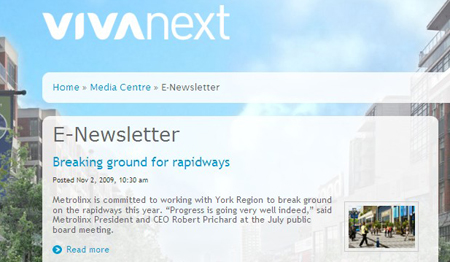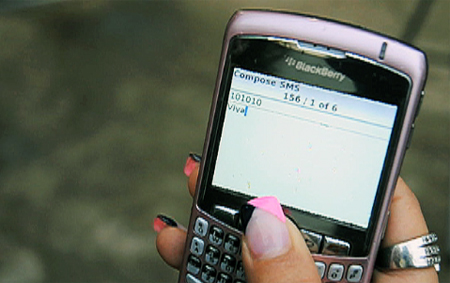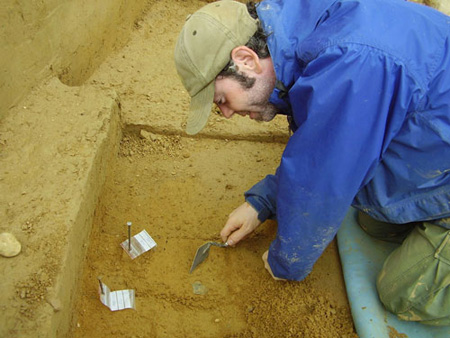
As we move forward to meet the needs of the future with our expanded vivaNext rapid transit system, most of our thoughts are on the future: our design plans, our construction schedule, our excitement about helping bring more choices to people in York Region. But at the same time, there’s one important step of our project that is focused on looking back to the past: we do an archaeological assessment of our construction site.
Next week, that backwards-looking step is going to be visible to the people who live, work or shop on Davis Drive, as archaeologists will be working along the side of the roadway.
This assessment, apart from being important to help us understand our heritage, is also a legislated obligation. Before large projects like our rapidways are built, they go through an Environmental Assessment, which is done to assess the existing environment and the impacts the proposed project could have on that environment, and commit to the steps needed to avoid or minimize those impacts. One aspect of the environment that is assessed is the existing cultural environment, which includes heritage artifacts and structures.
Under the terms of the Environmental Assessment done for the rapidways , archaeologists will be doing follow-up tests along the roadside of selected Davis Drive properties next week, to look for heritage artifacts.
People have been moving along Davis Drive for many years – Europeans since the middle of the 19th century, and aboriginal people for many centuries before that. And because Davis Drive crosses a stream, which is often where people tended to settle, it is inevitable that those early people left things behind.
Our archaeologists tell us that it’s not too likely they will find many really important artifacts. Most artifacts are found where the soil hasn’t been disturbed before, such as in a farmer’s field, but with the road, parking lots, shops and driveways, there has been a lot of development along Davis Drive over the past century or two.
Even so, there are often surprises. So the archaeologists will take their time, carefully digging small holes, each one about the size you’d dig for a rose bush. They’ll sift the soil, looking for anything of historical interest: square-headed nails or bits of pottery.
Anything they find will be identified and catalogued. And we’ll enjoy watching (and taking pictures) and be glad our project is giving us a chance to look back, even as we move forward.


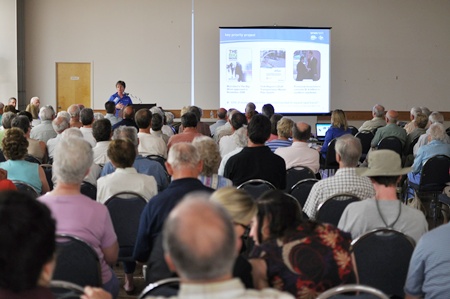
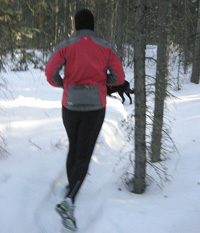

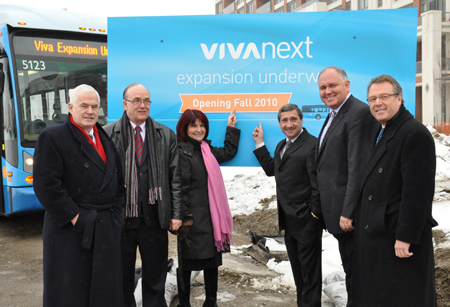

 Our goal is to ensure that you can quickly and easily find answers to all your vivaNext questions on our comprehensive and constantly updated
Our goal is to ensure that you can quickly and easily find answers to all your vivaNext questions on our comprehensive and constantly updated 